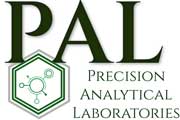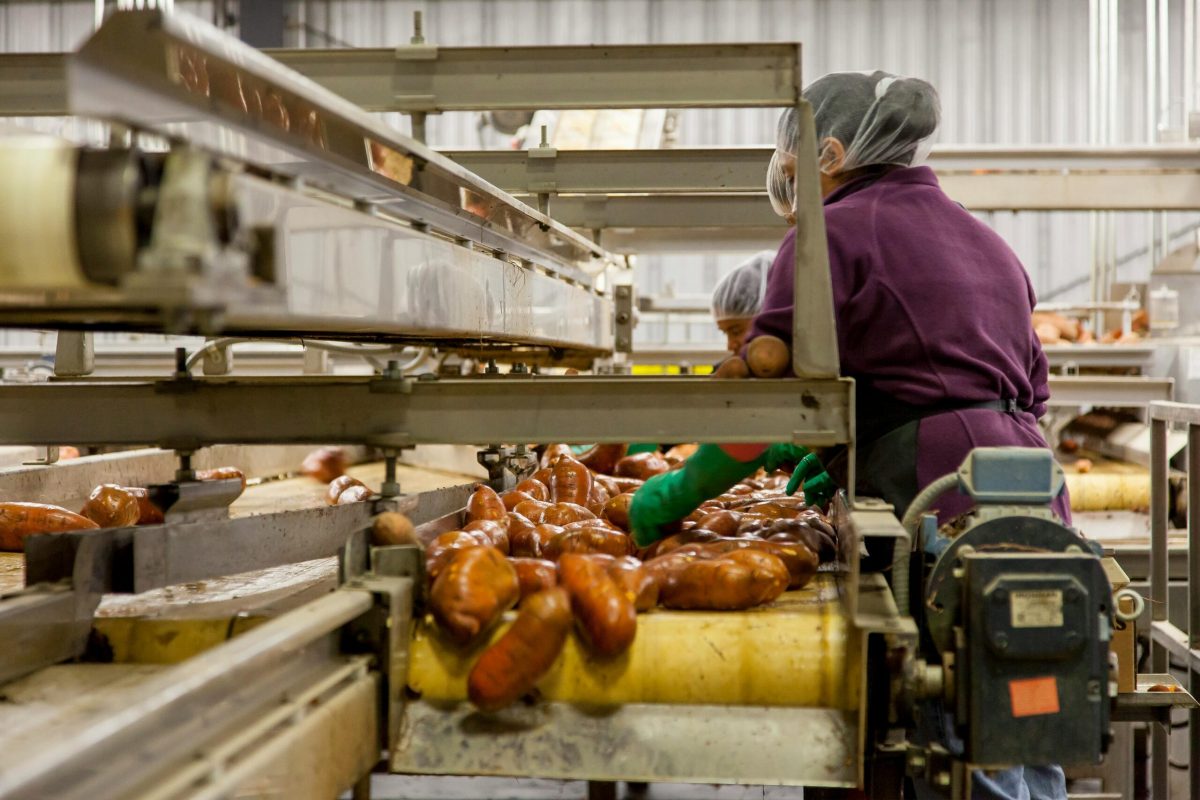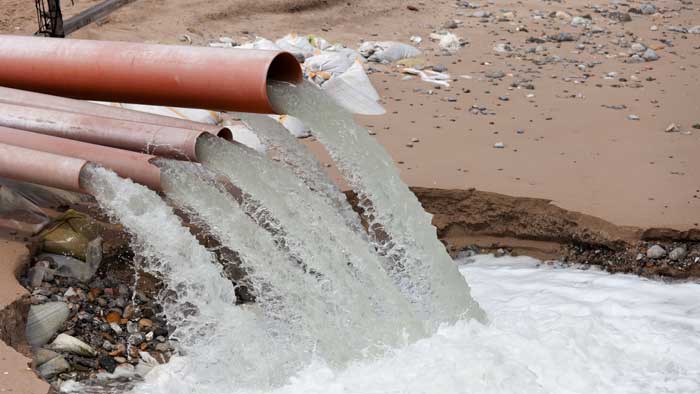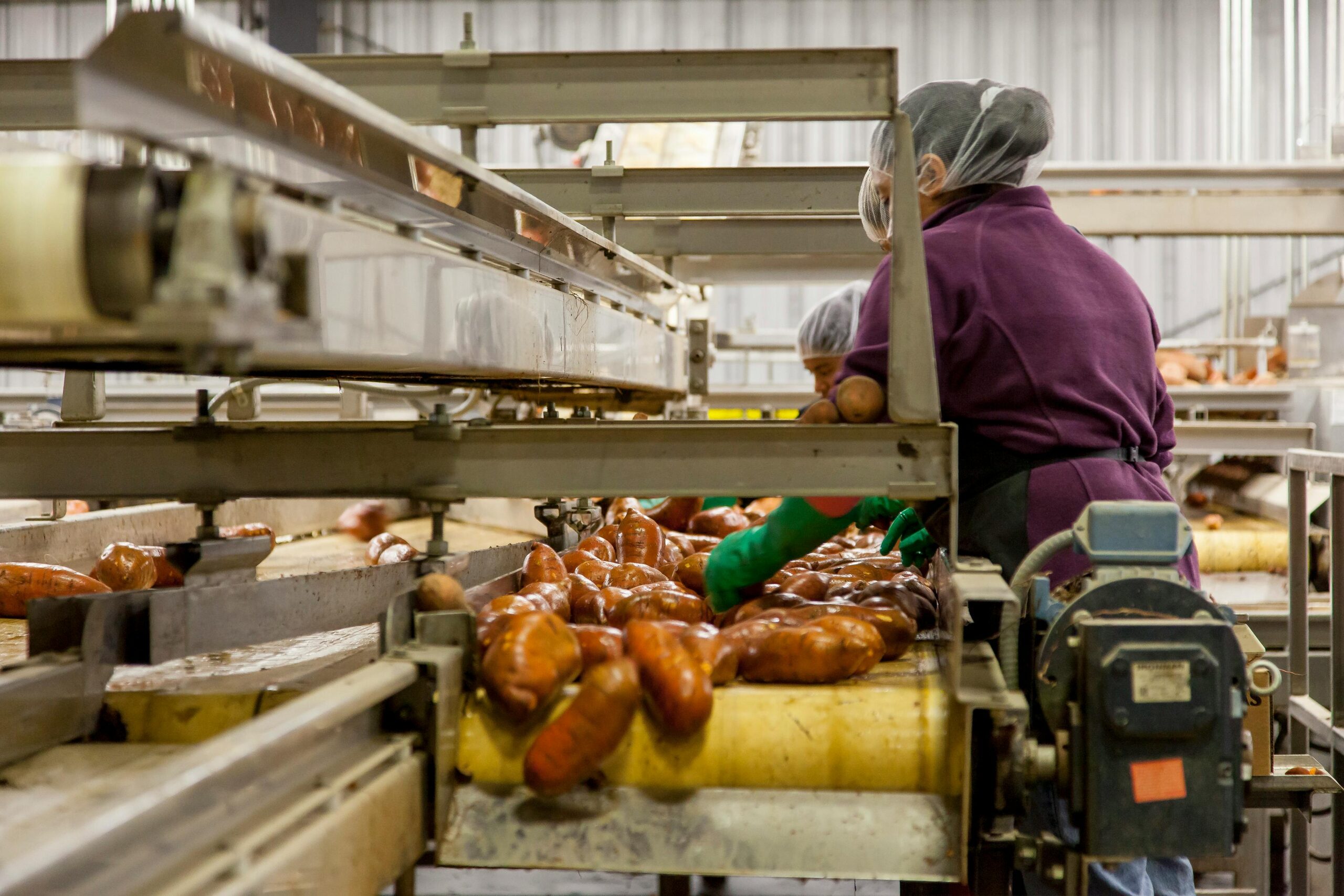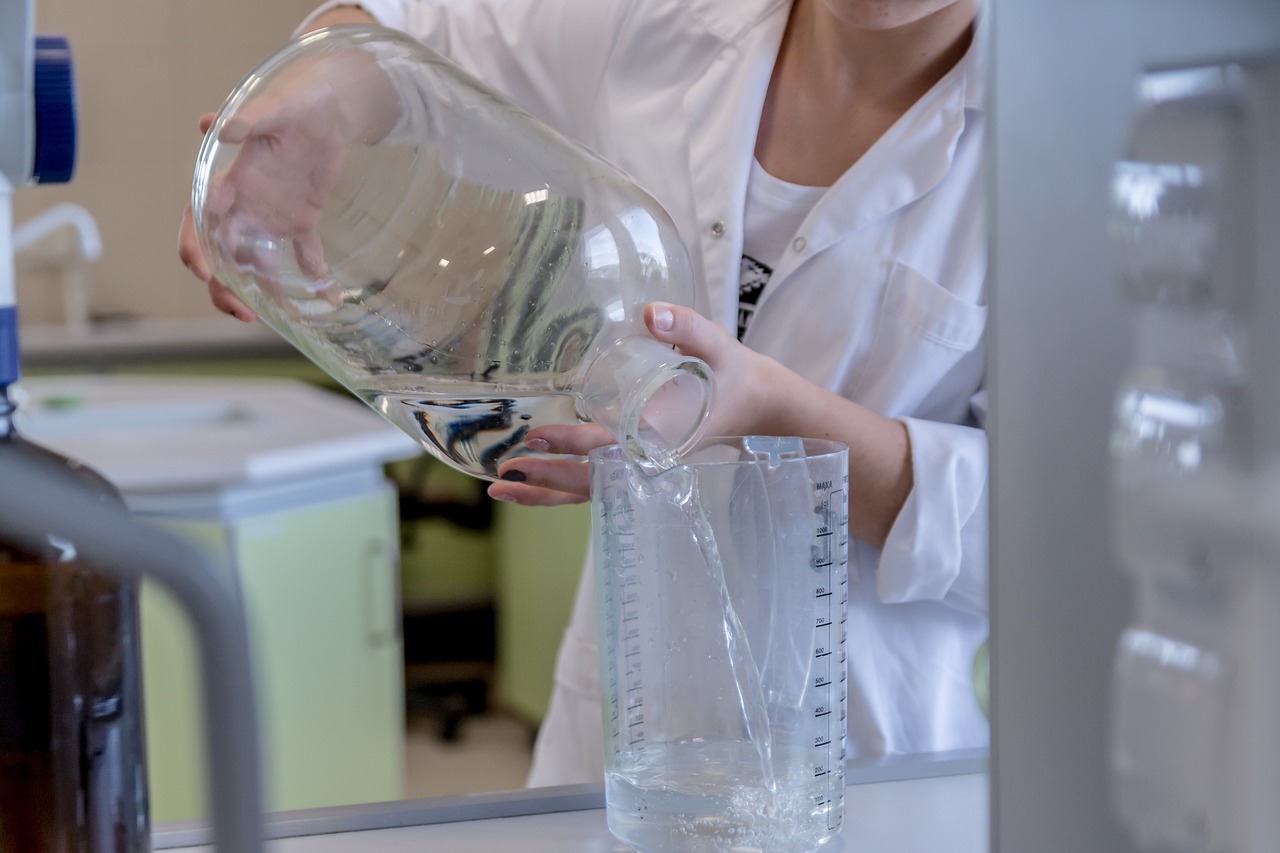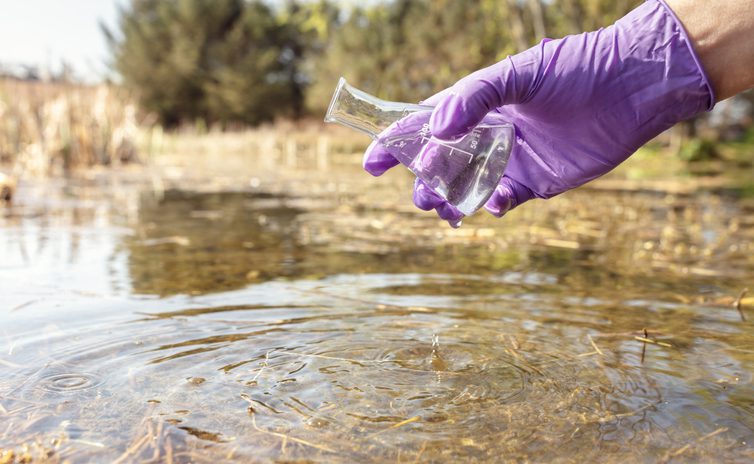From craft breweries and dairies to snack processors and ready-to-eat facilities, food and beverage plants all share one reality: your product may be delicious, but your process water can be tough on public sewers and waterways. High BOD/COD, fats/oils/grease (FOG), suspended solids, nutrients (N, P), cleaning chemistries, and variable pH make Food and Beverage effluent uniquely challenging. That’s exactly why wastewater testing isn’t a box to check once a year – it’s an operational discipline that protects uptime, margins, and your license to operate.
The business case: testing that pays for itself
Ignoring – or underfunding – wastewater testing creates four predictable costs:
- Surcharges and fines: Municipalities and utilities often assess surcharges when BOD/TSS exceed limits. One unmonitored process change can quietly inflate monthly bills or trigger administrative penalties.
- Production risk: If you violate pretreatment limits or damage POTW operations, you can face enforced slowdowns or temporary shutdowns.
- Capex misalignment: Without defensible data, you may overspend on the wrong pretreatment fix or underspend and keep missing targets. Testing guides the right-size solution.
- Brand and customer risk: Many national retailers and co-pack partners require environmental diligence in supplier audits. Sloppy monitoring invites escalations – or lost business.
What’s in your water: typical Food and Beverage risk drivers
- BOD/COD: Indicates organic load from ingredients and product residues; spikes during flushes and changeovers.
- TSS: Fines from milling, peelings, pulp, grain trub, or coagulated proteins.
- FOG: From frying, dairy fat, sauces; notorious for line blockages and sewer fatbergs.
- Nutrients (TKN/Ammonia/TP): From proteins, additives, and cleaners; can drive eutrophication concerns.
- pH and alkalinity: Caustic/acid CIP cycles and sanitizer rinses swing pH outside permit windows.
- Sanitizer residuals & toxics: Peracetic acid, quats, or chlorinated compounds may inhibit biological treatment downstream.
- Pathogens & indicators (as required): For plants with discharge scenarios where microbial criteria apply.
Testing that moves the needle
Effective programs combine representative sampling with actionable reporting:
- Baseline characterization: Map lines, processes, and time-of-day variability; identify worst-case windows (start-ups, changeovers, tank dumps).
- Routine compliance monitoring: Align frequency to permit and production rhythm (daily/weekly composites or event-based grabs).
- Process optimization: Correlate lab results to CIP cycle changes, water reuse, enzymatic treatments, or skimming improvements.
- Pretreatment performance checks: Verify DAF/polymer settings, pH neutralization setpoints, or biological system health via periodic BOD/COD ratios and microscopy.
- Incident response: Have a rapid-turnaround plan when equipment fails or an off-spec batch is dumped.
Grab vs. composite sampling
- Grab samples capture a moment – useful for pH excursions or line-specific diagnostics.
- Composite samples smooth peaks and provide a realistic picture of daily mass loading (the number most utilities care about). A smart program uses both.
QA/QC matters more than you think
Not all lab data are created equal. Temperature preservation, holding times, chain-of-custody, method selection, and QC spikes/blanks determine whether your numbers stand up in audits – or get tossed out. Poor technique turns testing into a false sense of security.
Why Food and Beverage facilities choose Precision Analytical Laboratories
Precision Analytical Laboratories specializes in wastewater testing and analysis that Food and Beverage manufacturers can put to work immediately.
Here’s what sets them apart:
- Industry-specific panels: Precision Analytical Labs offers targeted Food and Beverage profiles (BOD/COD/TSS/FOG, nutrients, pH/alkalinity, sanitizer residuals) so you get the metrics that drive your surcharges and permit limits – without paying for noise.
- Defensible QA/QC: Tight chain-of-custody, validated methods, calibrated instruments, and rigorous blanks/spikes mean your results stand up to utility review and third-party audits.
- Speed without shortcuts: Fast turnaround times keep operations moving – especially during commissioning, seasonal peaks, or corrective action windows.
- Clear, decision-ready reports: Precision Analytical Labs transforms raw numbers into organized results and simple commentary so maintenance and production leads to know what to adjust tomorrow morning.
- Sampling support: Courier pickup can be arranged, and pre-preserved bottles are offered. Precision Analytical Laboratories also provides sampling guidance that helps you capture representative samples correctly the first time.
- Process insight, not just data: Their analysts connect lab results to practical fixes – DAF tuning, polymer selection, skimming frequency, CIP timing, neutralization controls – so you spend OPEX where it counts.
- Audit and incident readiness: Precision Analytical Labs’s documentation, historical archiving, and rapid retesting protocols help you move quickly and transparently when customers or regulators call.
Building your plant’s wastewater playbook
- Map your flows: Identify high-load sources (ingredient makeup, spills, tank rinses).
- Choose the right sampling plan: Use composites to understand mass loading; add grabs for diagnostics around pH and sanitizer events.
- Instrument your process: Inline pH and flow meters, batch dump tracking, and sampler triggers reduce guesswork.
- Close the loop: Tie lab data to CIP schedules, screen maintenance, and DAF polymer doses.
- Train your team: Operators who understand the “why” behind pH windows and skimming schedules prevent problems before they start.
- Review monthly: Trend BOD/COD/TSS/FOG and pH with Precision Analytical Labs; aim for stability, then cost reduction.
- Stress-test: Simulate worst-case days (heavy production + changeover) to ensure you stay inside limits.
Compliance, savings, and smoother production
Wastewater testing isn’t overhead – it’s your early-warning radar and your roadmap to lower surcharges, fewer surprises, and data-driven pretreatment investments. For food and beverage manufacturers, Precision Analytical Laboratories delivers the speed, rigor, and practical guidance that turn lab numbers into operational wins. Partner with Precision Analytical Labs, and make your plant’s next environmental audit the easiest day of the quarter – and your utility bill a little less exciting.
Precision Analytical Labs is a leading provider of comprehensive environmental testing services, specializing in wastewater testing, and soil analysis. With state-of-the-art facilities and a team of experienced professionals, we deliver accurate and reliable results to help businesses and industries comply with regulatory standards and protect the environment. Our commitment to quality and customer satisfaction sets us apart, making us the trusted partner for all environmental testing needs.
